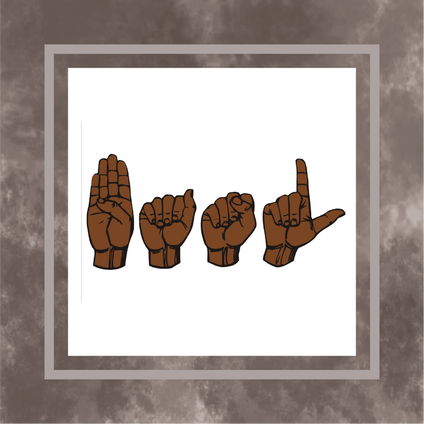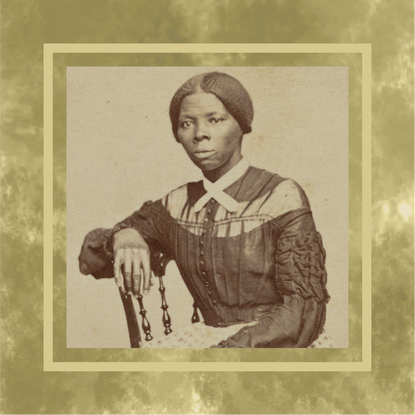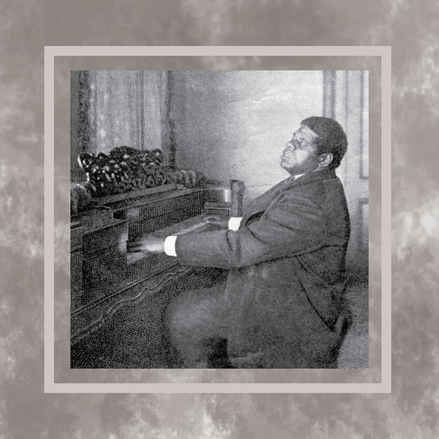|
By SURJ Bay Area Throughout February 2021, SURJ Bay Area celebrated Black History Month by highlighting the stories of Black individuals with disabilities, joining others in the #DisabledBlackHistory hashtag on social media. Here is a collection of those posts, beginning with Black American Sign Language and presenting short profiles of some familiar and some lesser-known figures. #BASL Black American Sign Language, BASL, or Black Sign Variation is a dialect of American Sign Language (ASL) used most commonly by deaf African Americans in the United States. Because of 1954’s Brown v. Board of Education Supreme Court decision, “separate but equal” was ruled unconstitutional and schools were desegregated, including schools for deaf children. It then became apparent that Black students had learned a variation of ASL, now called Black American Sign Language. BASL differs from ASL by phonology, syntax, and vocabulary, uses variations on ASL words, sometimes requires a larger signing space, uses two-handed variants of signs, and uses words taken directly from African American Vernacular English. #HarrietTubman Harriet Tubman is known for being an abolitionist who guided hundreds of enslaved people to freedom, but it’s not as commonly known that she was also disabled. As an adolescent Tubman was struck on the head with a weight for trying to intervene when another enslaved person was being brutalized by their enslaver, resulting in a skull fracture. This fracture lead to headaches, seizures, and narcolepsy, and for the rest of her life she experienced visions and vivid dreams, which she ascribed to premonitions from God. #HabenGirma Haben Girma, a disability justice lawyer born in SURJ Bay Area’s Oakland, California, is the first deafblind student to attend and graduate from Harvard Law School in 2013. Girma grew up attending public school with accessible technology like a digital Braille device and graduated from Skyline High School. As the daughter of immigrants, Girma heard stories from her parents about “advocacy, fighting for freedom, the war [between Eritrea and Ethiopia],” she said. “That taught me to be persistent. It’s OK to face the unknown … you’ll pioneer your way. So those lessons have helped me as a deafblind woman … learn to advocate so that I have a place at the table.” She’s given a TedTalk, written a book, been named a White House Champion of Change by President Obama, and received the Helen Keller achievement award while continuing to fight for the legal rights of disabled people in the US. #LoisCurtis Lois Curtis is an African American artist who paved the way for people with developmental and intellectual disabilities to live with dignity in their communities. Lois was a plaintiff in Olmstead v. L.C., in which the Supreme Court held that unjustified segregation of persons with disabilities constitutes discrimination in violation of the Americans with Disabilities act. #TomWiggins Tom Wiggins was a musical prodigy and one of the most well-known pianists of the 19th century. He was born blind and sold into slavery as a child. The plantation owners wanted to kill him because he couldn’t perform work, but he was instead left to explore the plantation where he had access to a piano. He learned by ear and began composing by age five, and by 1857 Wiggins gave his first concert in Georgia. He had an extraordinary memory, was able to play music on the piano after listening to a song only once, and could could sing and recite poetry and prose in several languages, phonetically duplicate long speeches, and reproduce the sounds of nature, machines, and musical instruments on the piano. Although he passed before autism was commonly known, most historians believe he was on the autism spectrum. His music inspires people to this day. #MuhammadAli Muhammad Ali was an activist, entertainer, philanthropist, to some the greatest boxer of all time, and one of the most significant figures of the 20th century. This heavyweight champion was an Olympic gold medalist, the first fighter to capture the heavyweight title three times, and barely graduated from high school due to his dyslexia. While growing up in the segregated South he struggled with reading and writing, and he failed the U.S. Armed Forces qualifying test in 1964 because of his writing and spelling. Later in life Ali worked to improve the literacy of African Americans, creating the “Go the Distance” series of books and magazines selected to motivate and inspire young black readers. #LeroyMoore Leroy Moore is a writer, poet, activist, journalist, founder of Krip-Hop Nation, and one of the original contributors to the Disability Justice movement. Since the 1980’s Moore has been advocating for disabled Black people who are the target of police violence and in the early 2000’s he founded Krip-Hop Nation. According to Moore, the movement is about advocacy, education and overcoming oppression, and the primary goal of Krip-Hop Nation is to increase awareness in music and media outlets of the talents, history and rights of people with disabilities in the hip-hop industry. He has sought to reclaim terms, using them in such a way to shock his audience into understanding and respecting the disabled African American community. Today he is active on social media channels and can be found on Instagram @blackkrip and on Twitter @kriphopnation. #BradLomax Brad Lomax was an activist, member of the Black Panther Party, and leader in 1977’s 504 Sit-In. After helping found the Washington chapter of the BPP, Lomax moved to Oakland, California, where he had to struggle to access public transit. In order for Lomax to use the public bus his brother had to lift Lomax out of his wheelchair, carry him up the steps to place him on a seat, and then go back to retrieve the wheelchair. In 1977 Lomax, along with a hundred others, occupied the offices of the Department of Health, Education and Welfare in the San Francisco Federal Building for over three weeks. Their goal was to persuade the government to enforce the long-ignored section 504 of the Rehabilitation Act of 1973, making public spaces more accessible. To this day it’s still the longest occupation of a federal building in the nation’s history, and it was made possible in part by Lomax. Because of Lomax and his work as a Black Panther, the BPP provided daily meals and other supplies to the protestors, making the length of the sit-in possible and eventually leading to the act being signed into law.  A black-and-white photo of Brad Lomax sitting on an outdoor stage in front of a large tree. He is wearing a suit and holding a microphone and smiling. Two people are standing behind him and one person sits next to him in a wheelchair, looking at him. The photo is framed on a textured turquoise background. These profiles honor the work and lives of Black people with disabilities who have fought for equality on multiple fronts. They remind us that disabilities do not limit one’s ability to fight for racial justice but rather can contribute to struggles for equality in unique and important ways.
Comments are closed.
|
Find articles
All
Browse by date
July 2024
MEDIUM |
© COPYRIGHT 2017-2024 SURJ BAY AREA. ALL RIGHTS RESERVED.









 RSS Feed
RSS Feed